My whipped tallow balm recipe is a staple on our homestead and I know you’ll LOVE it, too! It’s inexpensive, easy to make, toxin-free (unlike most lotions at the store), and can be whipped up using local ingredients. Wahoo!
Tallow balm has been prized for skincare for centuries because it’s highly compatible with our skin and packed full of anti-aging nutrients. Unfortunately, we’ve forgotten all about it and have been stuck in an era that has glorified plant oils.
The truth is that you are a human; not a plant. Plant oils aren’t as compatible with our skin, plus they are often imported from halfway across the world. I know it seems weird to rub beef fat on your face, but trust me! Once you try it, you’ll never be able to go back.
*Disclosure: This post may contain affiliate links to products (including Amazon). I’ll earn a small commission if you make a purchase through my link, at no additional cost to you! Regardless, I only link to products that I personally use on our homestead or believe in.
What is Beef Tallow?
Beef tallow is simply raw beef fat that has been rendered (cooked down) to remove impurities and create a clean product. This rendering process also makes it shelf-stable.
The process of rendering is super simple! All you need to do is gently cook finely-chopped suet (raw beef fat) in a crockpot (on low) until the cracklings form, strain it and boom, you have tallow!
Watch me render tallow on YouTube!
What Are the Benefits of Tallow Balm?
I know it might seem odd to rub beef fat on your face, but once you learn about its amazing qualities, you’ll definitely want to try it!
Beneficial fats and fat-soluble vitamins
Tallow is rich in oleic acid, palmitic acid, and stearic acid – all known for their abilities to deeply penetrate the skin and prevent water loss from the skin’s surface. It’s also full of fat-soluble vitamins A, D, E, and K!
Antioxidants
Tallow is also loaded with antioxidants, which can reduce oxidative stress and signs of aging. They also inhibit microbial growth and oxidation of the product itself, which increases its shelf-life and makes for an anti-inflammatory ingredient for skin care.
Be careful with your rendering temps! A 2021 study showed that more antioxidants are preserved when low rendering temperatures are used (that’s why I love my crock pot method!) High heat can cause undesirable degradation of antioxidants.
Tallow quality
To obtain these benefits, make sure that you are using high-quality tallow from healthy cows. Ideally, that means finding a local farmer who offers organic, grass-finished products. Definitely no antibiotic use! This ensures that you are getting the most nutritious and anti-inflammatory product.
Toxins are stored in fat. Therefore, if you’re using tallow from a cow that was stuck in a feedlot, eating corn sprayed with herbicides and being injected with antibiotics… you’re rendering down a high toxin load and then spreading it on your body to be rapidly absorbed. No thanks!
Whipped Tallow Balm Uses
I think a better question is, what can’t tallow balm be used for?! Tallow balm is such a versatile product that can be used for anything from a simple moisturizer to a therapeutic treatment.
- Daily moisturizer
- Healing dry, cracked skin
- Eczema
- Dermatitis
- Diaper Rash
- Anti-aging face cream
Is whipped tallow balm greasy?
Definitely not! What makes tallow so wonderful is that it has a fat profile very similar to our own skin, so it quickly absorbs and nourishes the skin deeply.
Where Can I Buy Beef Tallow?
As I mentioned above, it is very important that you are sourcing organic, grass-finished tallow (or suet, which is raw beef fat) from a farmer that you trust. We get raw suet from our favorite Minnesota CSA (TC Farm) and render it down ourselves.
If you aren’t already connected with a local CSA, I’d recommend checking out FarmMatch, Local Harvest or the USDA Agricultural Marketing Service to see if you can find one near you!
When you are CSA shopping, see if they offer other products that you might be interested in (eggs, raw milk, wool, etc!). That way the CSA can become a one-stop-shop for you!
DIY Whipped Tallow Balm Recipe
Alright, now we’ve come fun part – making your own 3 ingredient DIY whipped tallow balm so you can ditch that store-bought lotion with 30+ toxic ingredients! Let’s do this!
Ingredients needed
- ½ cup tallow (organic, grass-finished)
- 2 Tbsp oil of your choice – I like extra virgin olive oil
- 10 drops of essential oil(s) – I like lavender, cedarwood, frankincense, and patchouli
- *Optional: medicinal herbs of your choice to infuse in the tallow (I like to use calendula)
The Homesteading RD's Product Picks | |
I've been using this double boiler for years and it's awesome! Made of 18/8 Stainless steel and will allow for gentle melting to prevent burning or oxidizing your gentle ingredients. 2 cup capacity. | |
Step 1: Melt the tallow
Gently melt the tallow in a double boiler. This helps preserve the delicate antioxidants – don’t scorch them! Tallow is a hard fat, so it can be hard to measure accurately. I like to eyeball the amount, melt it for a bit, then pour it into a glass measuring cup to verify the amount.
Once melted, you can skip on to the next step, but if you’ve chosen to infuse the tallow with a medicinal herb, add it now. Some great options are calendula, plantain, chamomile, or comfry.
I love to grow and use my own dried calendula blooms! They have intense healing and soothing properties that are quite amazing. Calendula is super easy to grow and self-seeds so you can enjoy it year after year.
Allow the warmed tallow to gently infuse with the medicinal herb for 1-2 hours in the double-boiler on low heat. You’ll likely need to top the pot off with more water every 20 minutes or two. Once infused, strain out the spent herb and continue on to the next step!
Step 2: Combine ingredients
Turn off the heat and pour the melted tallow into a glass bowl. Let cool slightly, then mix in 2 Tbsp of oil and 10 drops of essential oil(s). Let cool on the counter until slightly hardened (usually about 45 minutes).
Step 3: Whip it up!
You know it’s ready when you’re able to make a finger imprint but it’s not soupy anymore either. In the past, I’ve tried to rush the process by putting the bowl in the fridge. Lesson learned. If the mixture cools down too much, it gets really hard and doesn’t whip up well.
Once it’s ready, mix using a hand mixer until whipped and soft. It can take several minutes to get enough air incorporated to produce a fluffy texture, so stick with it!
Step 4: Storage
Once it’s whipped to your liking, scoop into an 8oz glass container and store in a cool, dark location like your bathroom cupboard or vanity. This whipped tallow balm should keep for a year, if it lasts that long! I like to slather it on, especially in the winter, so I blow through mine pretty fast.
Here, I made a double batch so it filled a standard mason jar. May as well go for it while you’re already making a mess, right? Enjoy!
Watch Me Make it on YouTube!
Whipped Tallow Balm Recipe Variations
Types of tallow
While tallow balm is commonly made with beef tallow, it can be made with deer tallow as well! I made my last batch using deer tallow from a deer we harvested on our own land this fall and it turned out great! A true nose-to-tail strategy that I love. Nothing goes to waste around here!
Types of oils
The reason why you need to add some oil to your tallow balm is because tallow is fairly hard at room temperature. Adding a little oil softens it up so it’s easier to spread. However, don’t use coconut oil because it’s also solid at room temperature. Pick a liquid oil 🙂
- Extra virgin olive oil – my favorite and you probably already have it on hand! I buy it in bulk at Azure Standard
- Almond oil
- Avocado oil
- Rosehip seed oil
- Jojoba oil
- Argan oil
Types of essential oils
Adding essential oils is completely optional. If you want a simple, unscented tallow balm, go for it! Otherwise, a few drops of essential oils is a great way to cover up a bit of that “beefy” smell while introducing additional benefits.
I like essential oil blends so that I don’t have to worry about mixing and matching. Plus, I like that they are created for a certain purpose like these blends below that are specific to skin health:
- Plant Therapy Soft Skin Essential Oil Blend
- Plant Therapy Anti-Age Essential Oil Blend
- Edens Garden Age Defy Essential Oil Synergy Blend
You can use individual oils as well. Here are some of my favorite essential oils for skin care:
- Frankincense
- Yarrow|Pom
- Lavender
- Tea Tree
- Helichrysum
- Bergamot
- Jasmine
- Sandalwood
- Rose
- Roman Chamomile
Where Can I Buy Tallow Balm?
Not ready to make it yourself? No problem! You can find some like-minded individuals who can make it for you. Toups & Co Organics does an incredible job. I’ve used them in the past and their tallow balm is DIVINE!
*Use my code THRD10 for 10% off!
Other Articles You’ll Love:
- DIY Lip Balm Recipe
- Rendering Fats: How to Make Tallow, Lard, and Schmaltz
- Tallow vs Lard: Which One to Use?
- Tallow and Lard: The Saturated Fat Controversy
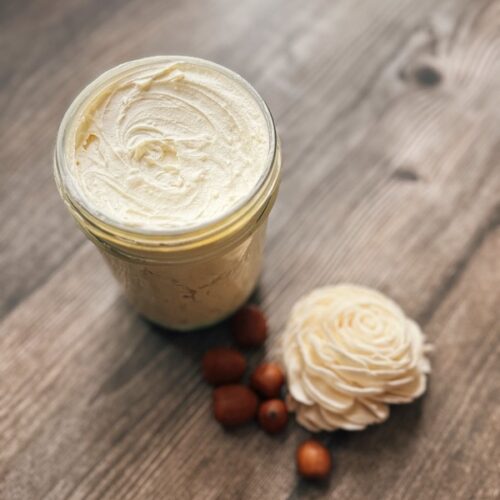
DIY Whipped Tallow Balm
Equipment
- 1 Hand or Standing Mixer
- 8 oz Glass Container
Ingredients
- 1/2 cup Tallow Organic, Grass-Finished
- 2 Tbsp Oil of your choice olive, almond, avocado, rosehip, jojoba or argan
- 10 drops Essential Oil Optional
Instructions
- Gently melt tallow in a double boiler
- Remove from heat. Let cool slightly, then mix in the oil and essential oil(s)
- Let cool until slightly hardened.
- Mix using a hand or standing mixer until whipped and soft.
- Scoop into a glass container and enjoy!

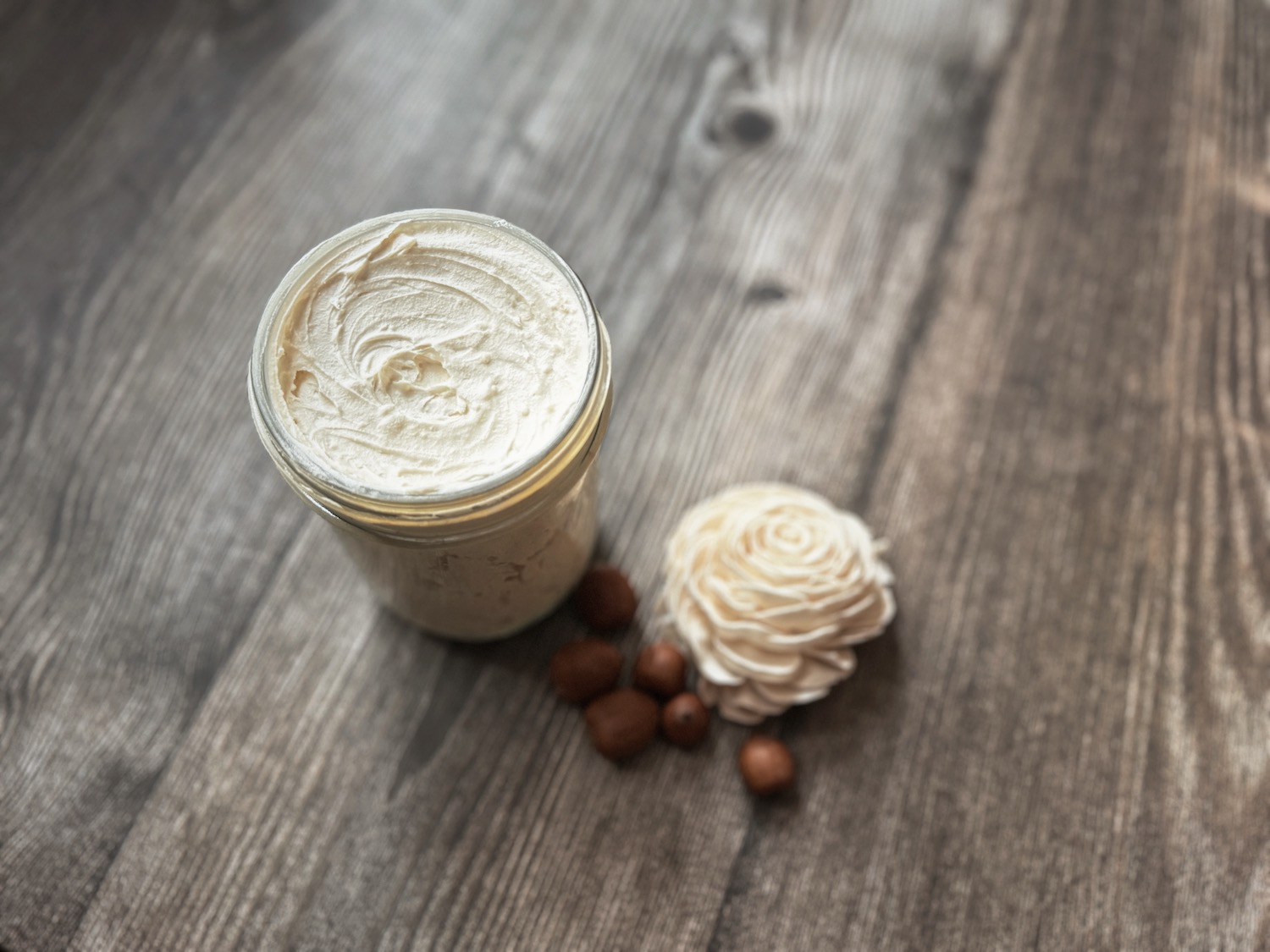
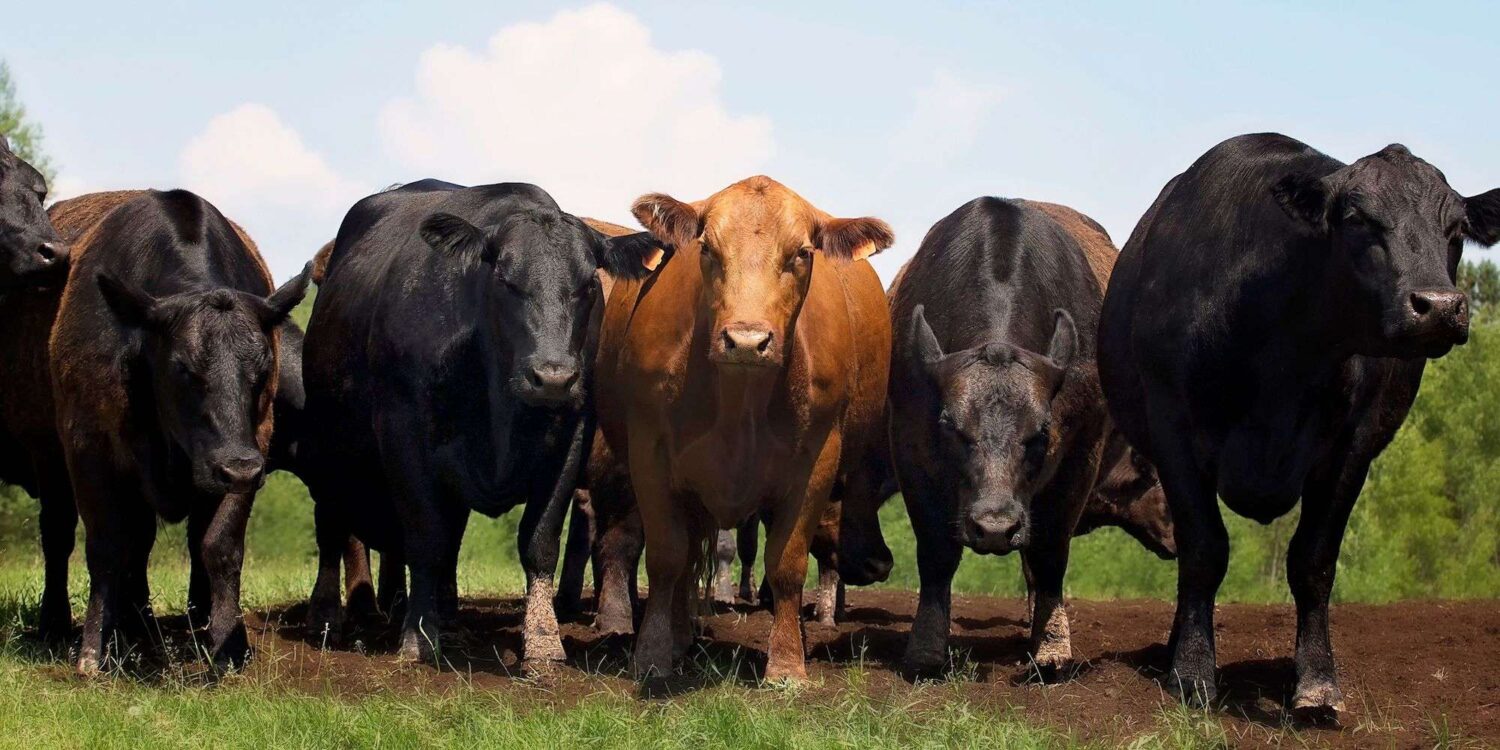
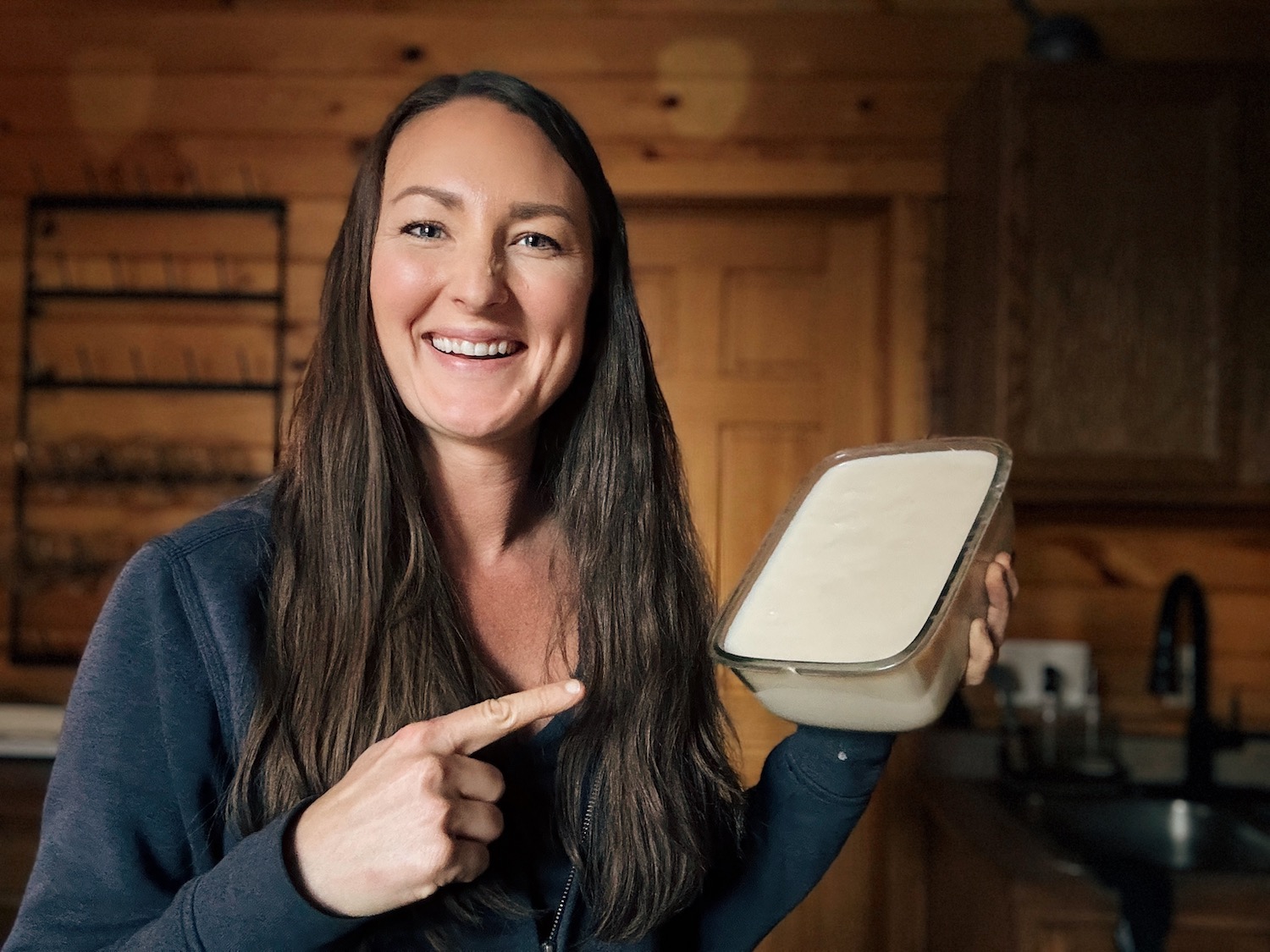

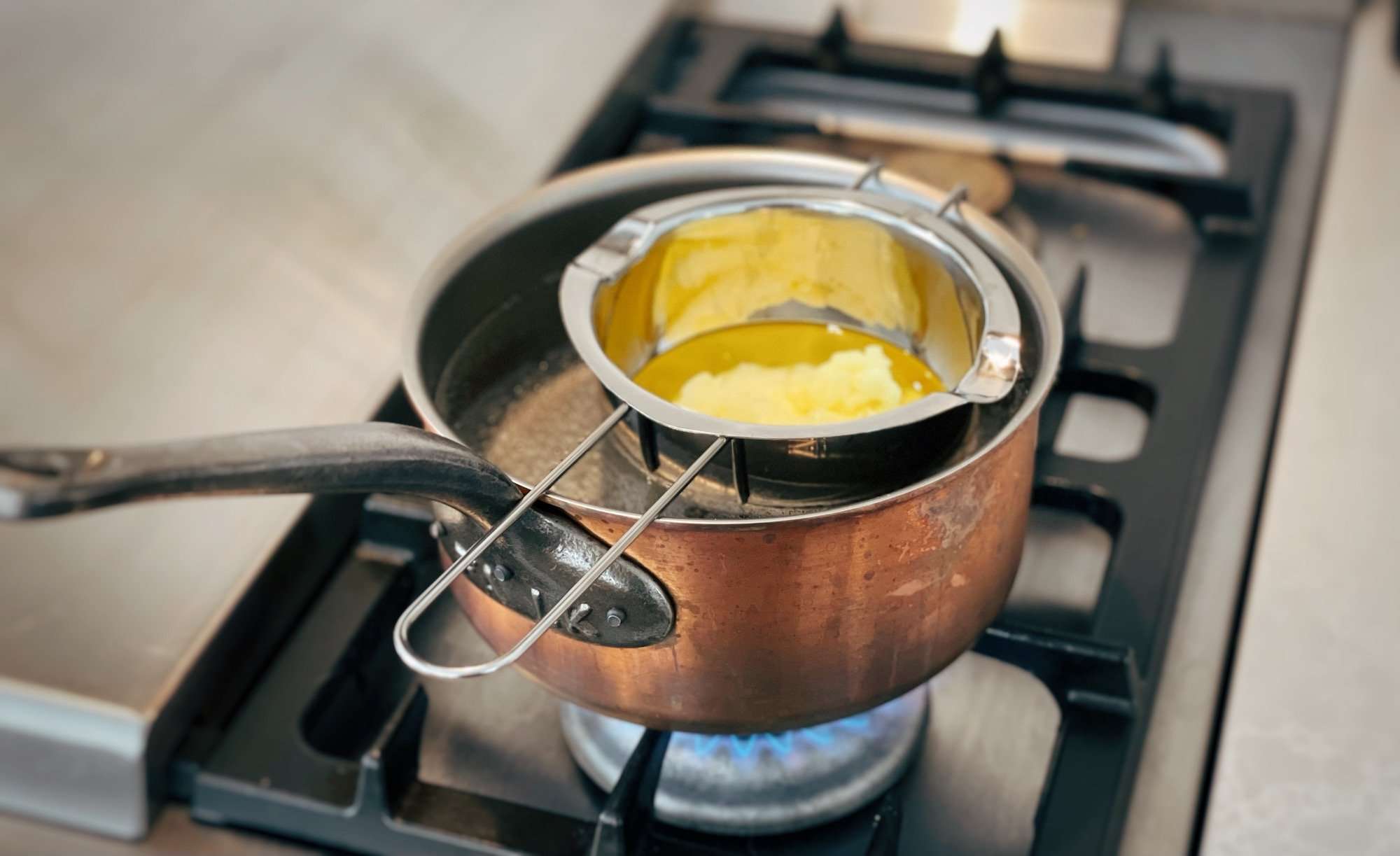
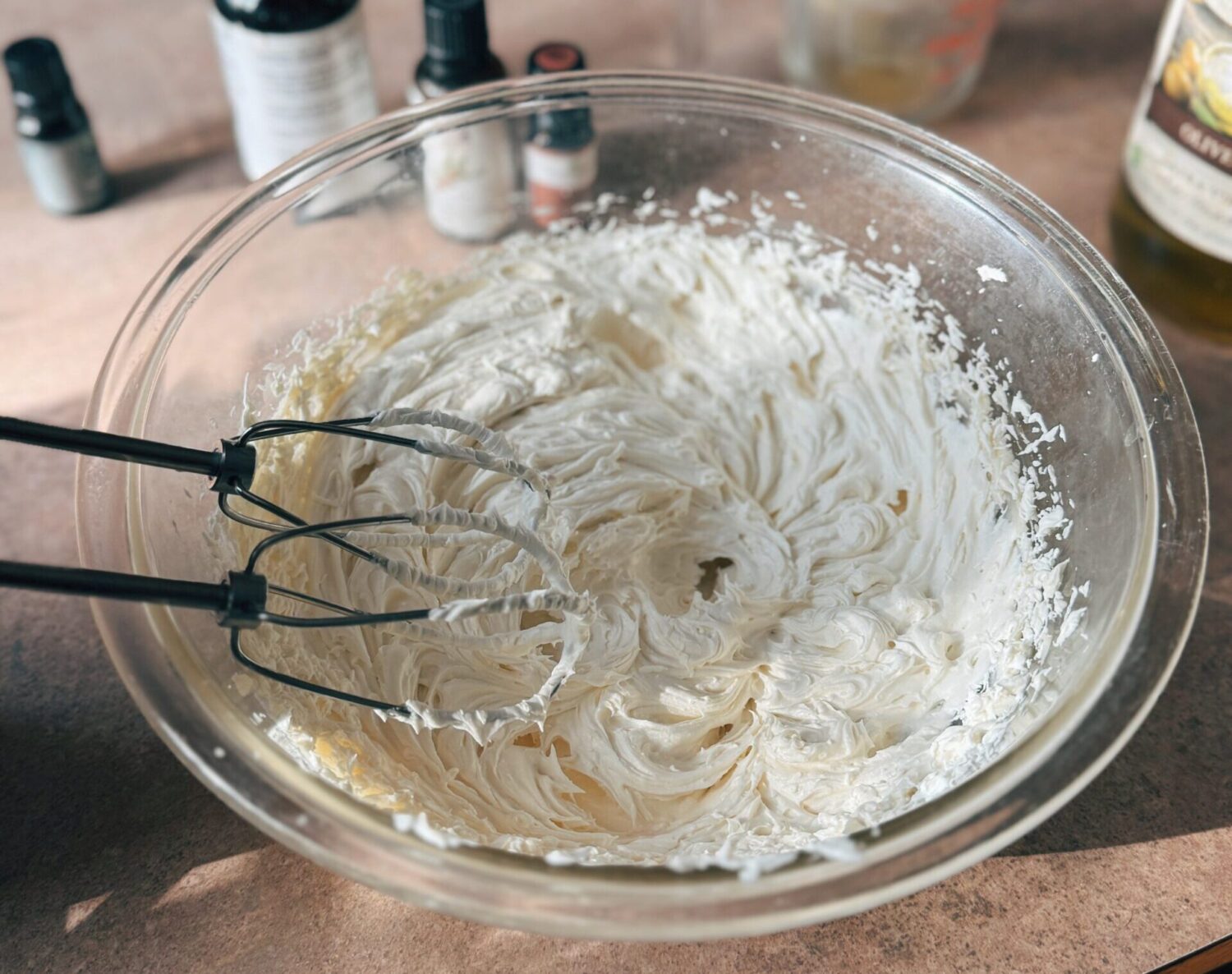
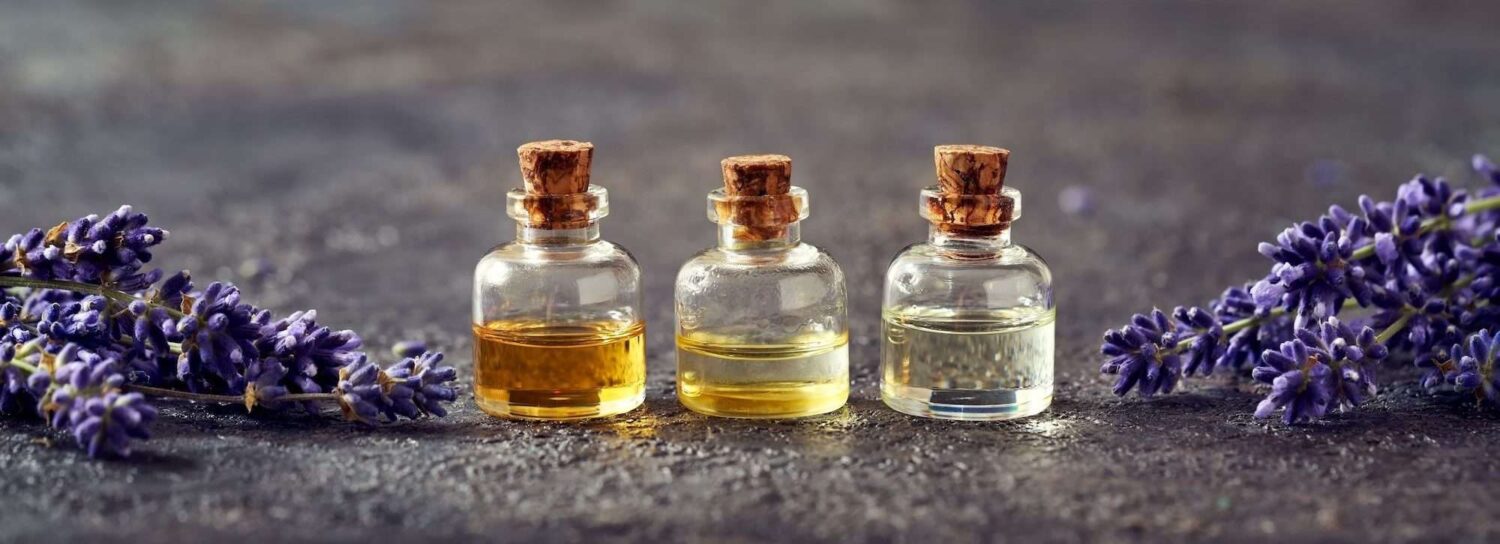


I buy my tallow for $1.99 pound, it does save you sooooo much money but the process is a couple of days long! Anyone learning to render and refine tallow, it will take 2-3 days to just do that!
I love using tallow! My most recent batch seems to be pretty hard (made with argon oil, lavender and frankincense)… I think it got too hard before I whipped it. Have you ever melted it back down and whipped it again? I don’t want to ruin it, but spreading it on my face is going to cause more wrinkles, lol…oops
Shoot! I’ve had that happen before, too. Typically it’s because it cooled too much before whipping it. I’ve tried melting it back down and trying again and that can help a bit. Otherwise, just hold some in your hand to melt it a bit before applying it.
Would it still be able to be whipped and be shelf stable if I didn’t use an oil? Oils tend to break me out and I couldn’t find a tallow balm on the market that didn’t have oils in it so I was hoping to try making my own with only tallow. Would it still work?
I think it would still work and be shelf stable, but it will likely be hard and less spreadable. You may need to hold some on your skin for a few seconds to let it melt before you rub it in. It’s worth a try!
I made this over the weekend, and I love how it makes my skin feel but I also feel like everyone says it won’t leave your skin feeling greasy and I definitely feel greasy after each use . Also I live in a colder climate and even though I whipped the lotion it is ROCK solid ! Any suggestions on how to fix this ?
It does feel greasy when you immediately put it on, but it should rapidly absorb and feel great after that, but I know everyone is different! I’ve noticed that my whipped tallow balm is much “harder” in the winter when it’s cooler in the house and it’s very soft in the summer. Consider storing it above your fridge or near a wood stove (If you have one) to see if that helps. Also, whipping it at “just” the right time seems to make a difference as well. Don’t wait too long or let it over harden before you whip. Good luck!
Can I use black seed oil?
Also, is there a way to add honey to this?
Also, after rubbing a small amount on my face to moisturise it, the residue on my hands gets ran through my beard and softener it wonderfully without making it look greasy or glistening like some other beard oils.
Great stuff!
I’m a convert!
Hooray! I’m so glad to hear it! Enjoy 🙂
I made this last night! It works phenomenally but I didn’t have any essential oil so it unfortunately does not smell the best. I doubled the recipe and used avocado oil. Do the essential oils cover the beefy smell? I don’t want to walk around smelling like beef fat haha it also did not stay super creamy like I was hoping it would. Should I just add more oil so it’s keeps the creamy texture?
I’m glad you’re enjoying it! I’ve stirred in essential oils after the fact if you’d like to give that a try. The texture does harden overtime – I’ve never tried adding oils later on to see if that helps or not. Might be worth a try?
I’ve just rendered and purified a big batch of tallow. I used the salt water method, there are several posts on pintrist, it worked well. I now have almost white nearly odorless tallow. Now I’ll follow your instructions and make the balm. Thank you for the lovely video.
Sounds wonderful!!! I’ll have to look into the salt water method. I hope the tallow balm turns out great for you 🙂
Hey there, my tallow cream seems to be separating… Is this normal? Is there a way to avoid it?
Hmmmm is it happening right away or after storing? I haven’t had this happen before. Does stirring it remedy the issue?
Have you ever added magnesium flakes to this (or any lotion/butter recipe)? If so, I would love to hear how it turned out, and how you went about it!
I haven’t yet, but it sounds like a neat idea!
Hi can you use coconut oil with this recipe??
I was just reading through this recipe, and did see that coconut oil doesn’t work well because it is solid at room temp 🙂 She lists olive, almond, avocado, rosehip, jojoba or argan as good options!
Hi, could I sub lard into this recipe instead of tallow?
Can you use store bought grass fed tallow?
For sure!
Should we keep it refrigerated afterwards or is it counter safe?
It’s counter safe 🙂
Thanks for sharing, how can minimize beef tallow smell it is too strong.
Thanks
I would make sure you are getting your tallow from a quality source, then choose a good combo of essential oils. It will always have a tallow smell to it, but finding a complimentary essential oil can work wonders!
Hello can I mix this with extra Virgin olive oil? I have seen tallow balms made with EV Olive Oil.
Yes, of course!
Ok thank you! One last question, to infuse the tallow with medicinal herbs how much herbs would you use for 4oz, 1-2tbsp?
I typically add enough herbs to be just covered by the melted tallow or oil that I’m infusing.
I love this! I’m always trying to find something that is better for my skin and with my psoriasis I have to be really careful. Thank you for this post!
I hope it works for you! It is incredibly healing and nourishing.
This is a very interesting post, I have never heard of Tallow. But now I know what it is. Thanks for sharing!
I’ve never worked with tallow until the past year and now I am hooked!
Thanks for sharing!! Can I try this with lavender flowers?
OOo please do! That sounds lovely!
Oh, this sounds so amazing!! *adds to list of things to make*
It really is! I’ll never go back to store-bought lotion again!
I have tried it several times. It’s so good!
Awesome!!! I’m so glad to hear that you love it, too 🙂
This looks amazing! I have such dry hands and elbows in the winter, that I need super strength moisture to keep them from cracking and hurting. This looks great and I love that I can control (and know) what goes into it. Thanks for sharing!
Ooo yes I have the same problem with dry skin in the winter and my whipped tallow balm works WONDERS! Definitely give it a try 🙂